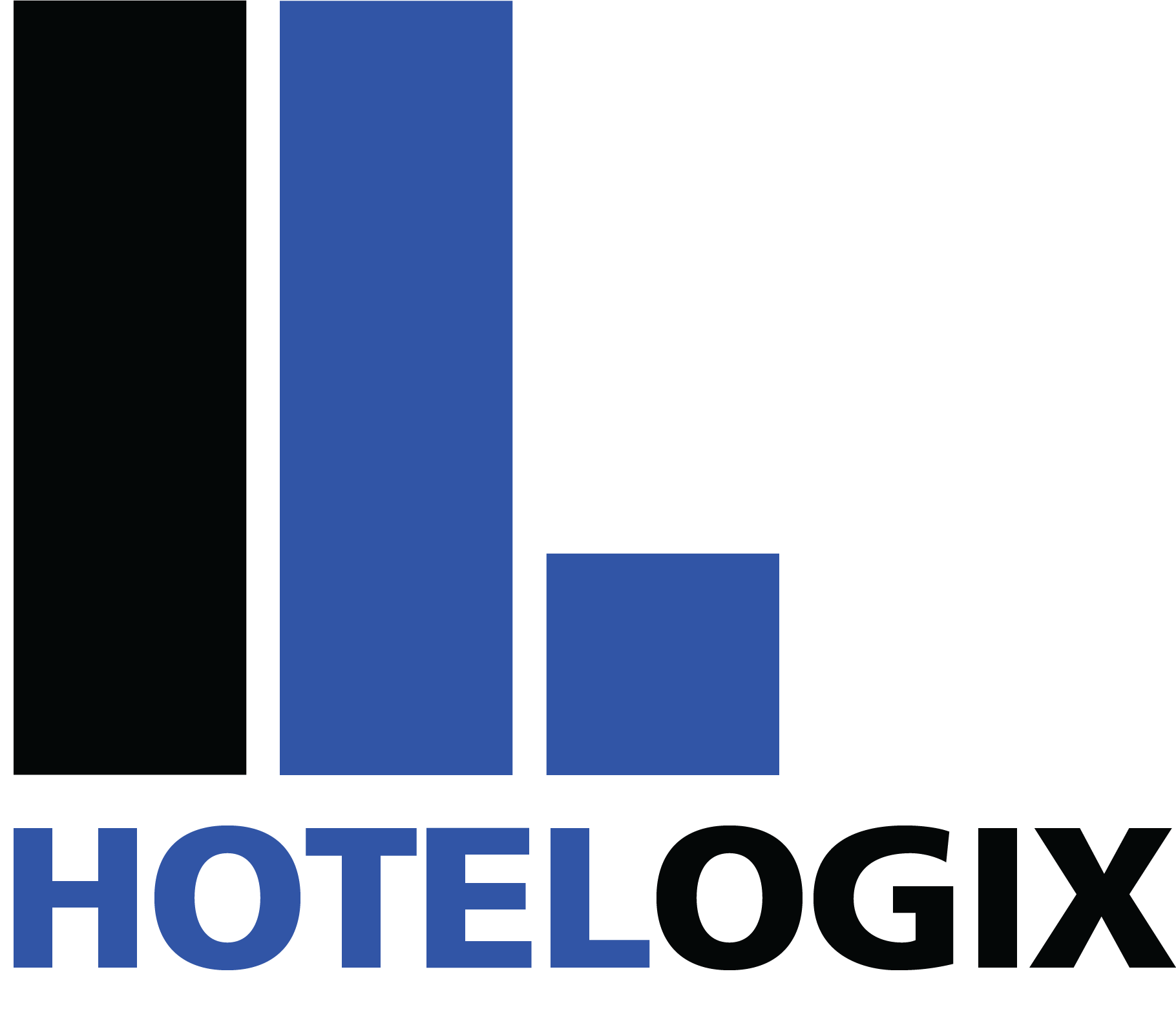A hotel’s challenge is to sell its inventory at the highest rate possible, with high levels of guest satisfaction; which should guarantee short and long-term profits. In other terms, business paradise!
But the hotel industry is very competitive and volatile; traveler’s loyalty is hard to gain (a big discount offer could turn him off) and sales commissions plus human resource make up for at least 50% of the rack-rate.
This is where the marketing consultant comes into picture knowing that the solution lies in optimizing the RevPAR, which means to adjust occupancy and rate, at a profitable level (lower rate – higher occupancy, at the limit of fixed-variable cost.
Airlines and large hotel brands have been using dynamic rates since over a decade, to maximize top-line revenues. Prices frequently vary based on demand: season, month, weeks, days or hours, depending on the hotel’s capacity to manage large updates in a short time. This effort is worth it, based on the well-performing scientific algorithms to determine sales prices based on demand, and the best accurate forecasting day-by-day.
Next milestone is to have a correct pricing structure. An effective method is to create a relative pricing mechanism wherein pricing is derived off the BAR. For example, last minute rate might be set 30% off BAR, or non-refundable rate set as 20% off BAR. By pushing the rates through a Channel Manager, hoteliers maintain rate parity of market segments across all the OTAs. Furthermore, hoteliers would like to cut off part of the commission paid to OTAs, and this is possible by generating more direct bookings. With pricing derived off BAR, it is possible to set a small 2% for front desk and website booking engine rates in order to beat all OTA offers without any parity issues.
By matching price to demand, hoteliers have a greater opportunity to capture higher profitability business during peak periods. On the other hand, lower flexible rates during off-season help to generate additional demand that might not have existed before. Although, it is always wise to set a floor price, which should be equal to the lowest “positioning” price that you might be willing to accept for your room.
What tools do hotels need to join this revolution?
With advancements in technology and the hotel industry, hoteliers can be equipped to offer the right room at the right time and the right price using dynamic pricing.
So, what does a hotel need to have to unleash this revolution of dynamic pricing?
– Powerful PMS, with centralized pricing derived from a BAR rate
– Channel Manager, which would update rates and inventory to all OTAs in real-time
– Revenue Management application with scientific algorithms to determine sales prices on daily basis, depending on demand, accurate daily forecasting, competitor price monitoring and more
– Integration of these 3 super tools
We began implementing this strategy at a medium hotel in Buenos Aires, Argentina. We were already using Hotelogix PMS and Siteminder Channel Manager since May 2014. We started using PriceMatch for revenue management in February 2015, with several tasks done manually. It was hard work, but we managed to rise rates by 17% without losing occupancy. We also reviewed our OTA packages, which were giving us less than 45% of the rack rate.
In May 2015, Hotelogix and PriceMatch finished the 2-way integration, which meant GREAT improvement for our business. We now had a great pricing tool, which recommended day-to-day rates. These rates were pushed to OTAs and reflected on Hotelogix Front Desk + Booking Engine, applying all the percentages we had determined for packages. In less than 30 minutes, every morning, we were able to analyze, approve and update rates, create last minute offers, generate promotional packages and do a lot more. This wouldn’t have been possible with the same level of accuracy and intelligence when we were doing things manually. PriceMatch algorithm takes into account so many variables that you cannot go wrong.
We also have a hybrid pricing for corporate and travel buyers – we provide them fixed contract rates and commission, and offer them a user login to check the dynamic rate with their discount included at any time. So, we guarantee that they will always have competitive rates as compared to OTAs. Although it’s very soon to get the results, yet, we did increase our direct booking by 2% in a couple of weeks. Using these integrated tools has given us the confidence to set our objectives to:
– Gain more early bookings with 3 night minimum stay
– Sell less than 15% inventory with last minute rates
– Rank better at OTAs because of performance: parity and conversion
– Grow direct bookings to 25%
Conclusion
Dynamic pricing helps the revenue manager react in real-time to the changing market demands, which helps in improving revenue.
The task is possible and sustainable – it only requires having very powerful software tools that interoperate with each other. These tools should be able to show trends and results in figures, not in promise alone.
For each market, it may take between 3 to 9 months to notice the results. However, this strategy will re-pay the effort, no doubt; you can ask the airlines, or the hotels chains which lead the industry.
It’s about time hoteliers join the revolution as the industry is maturing for the big shift, and the technology required is available for them.
Hotelogix offers integration with Channel Management and Revenue Management Services

